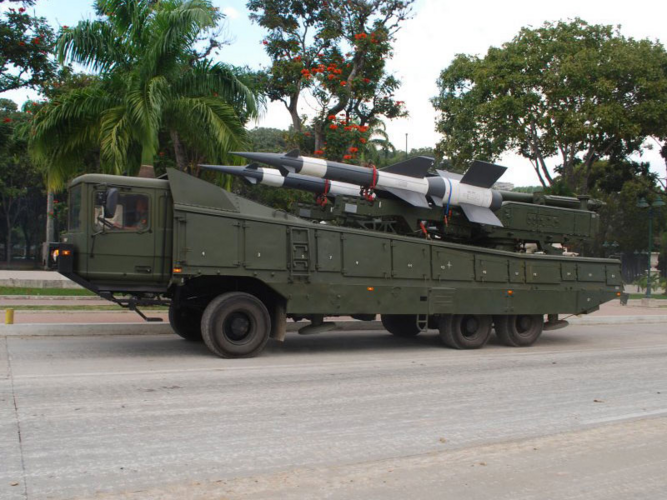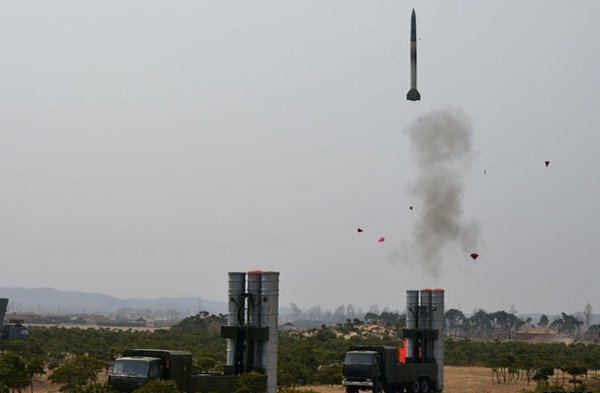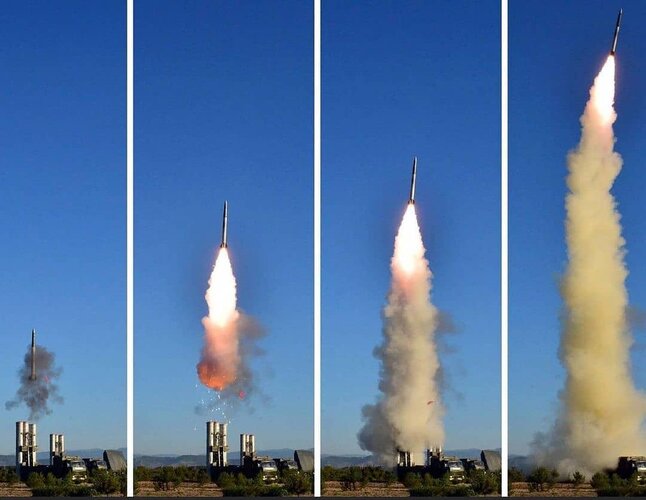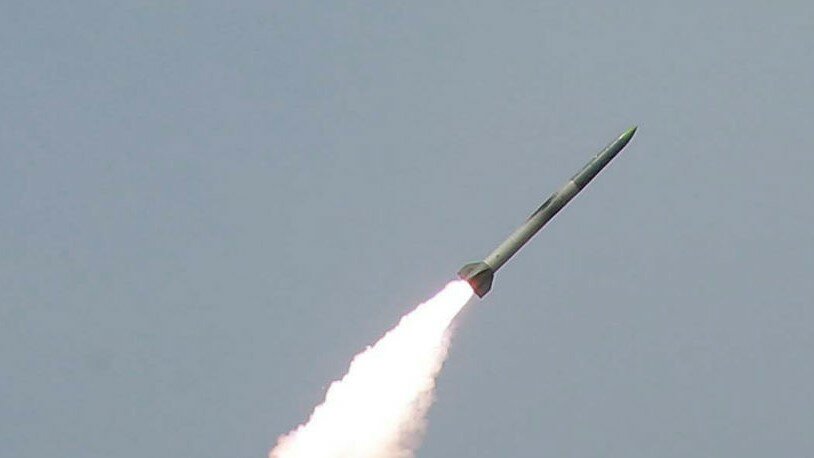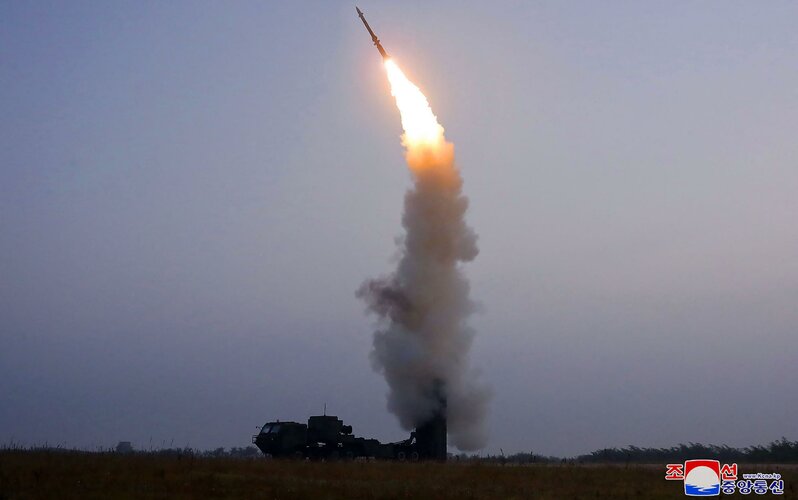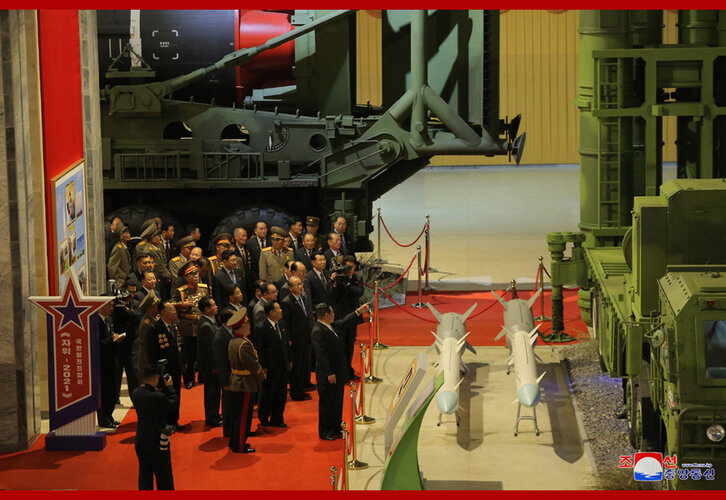It really looks like that. It's interesting, but not surprising. Judging from military parades in recent years, it is clear that the DPRK is modernizing comprehensively, not just the "nuclear and missile program," as the mainstream media constantly claims, or "asymmetric solutions," as some analysts claim.
No, the DPRK is clearly trying to keep up in all mil-tech areas. And we know only a small fraction about the development of the local aviation industry. By the end of the current five-year plan (2021-2025), we will see new unmanned strike aerial vehicles and a big reconnaissance drone with an operating radius of 500 km, as set out in the document.
But the newly displayed missiles at the "Self-Defense 2021" exhibition clearly prove that this is not all that happens behind closed doors. Both missiles look relatively modern. In the case of BVR, it is difficult to say whether it has ARH, in any case it is really similar to PL-12 / SD-10. As for the WVR missile, it is very interesting in shape, reminiscent in some respects of various designs, including Denel/SIATT A-Darter.
These are probably weapons in the development stage, in any case, compared to the R-60MK / R-27R, it will certainly be a significant qualitative shift, not to mention even older missiles, which are in the inventory of KPAAF. The first-line KPAAF fighters are really being modernized. Upgraded MiG-21bis or MiG-23ML (maybe analogous to MiG-23-98) with digitalized avionics, improved radar and new ARH BVR and advanced IR missiles can be a very powerful aircraft and a valid player against F-16C or even F-15K . In the case of such upgraded MiG-29, everything is clear... By the way, the DPRK is trying to integrate Kumsong-3 anti-ship missiles into aircraft, which will also be very interesting.
In addition to the mentioned missiles, the exhibition also presented new light modern guided anti-ground missiles, probably for Mi-2 and MD 500 helicopters. It can be assumed that these or similar weapons will be integrated into the modernized Su-25K. The existing KPAAF air fleet still has quite a lot of modernization potential, so that, as a result, the DPRK can acquire relatively modern air forces in the medium term.
And finally…The development of a new North Korean fighter is more than likely - however it may sound like a utopia. The country has no chance to acquire fighters abroad (despite many attempts), while accumulating a huge amount of knowledge in the field of aerodynamics, propulsion, materials (see HGV), electronics, armaments… It has high quality human resources, but a big problem is raw materials. However, if the development has the same dynamics as before (compare weapons at military parades in 2010 and 2020…), we can look forward to the introduction of something like "NKF-21", built on RD-33 engine technology, by the end of the decade. It will all be very exciting.
Geo

 www.oryxspioenkop.com
www.oryxspioenkop.com

 postlmg.cc
postlmg.cc

 postimg.cc
The page as a whole serves as a nice reminder of the scale and variety that North Korea's army is equipped with.
postimg.cc
The page as a whole serves as a nice reminder of the scale and variety that North Korea's army is equipped with.



